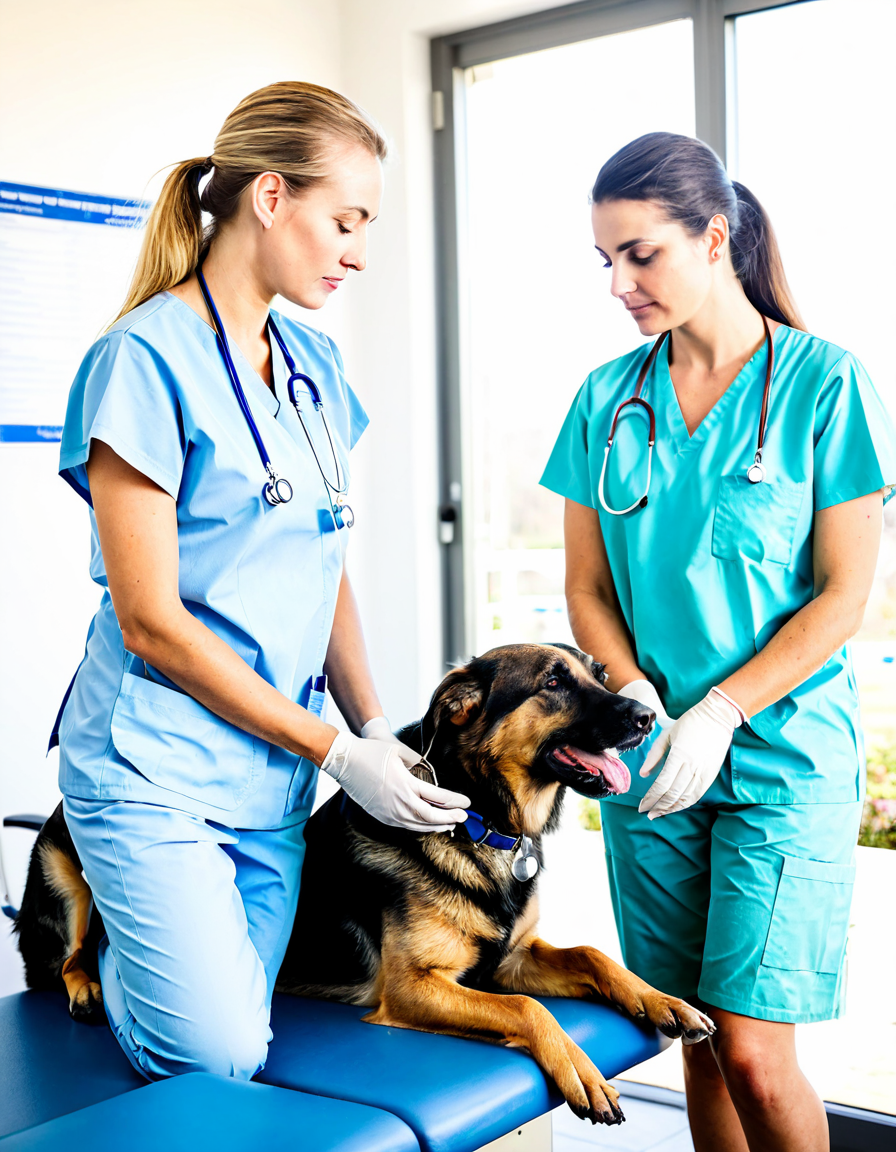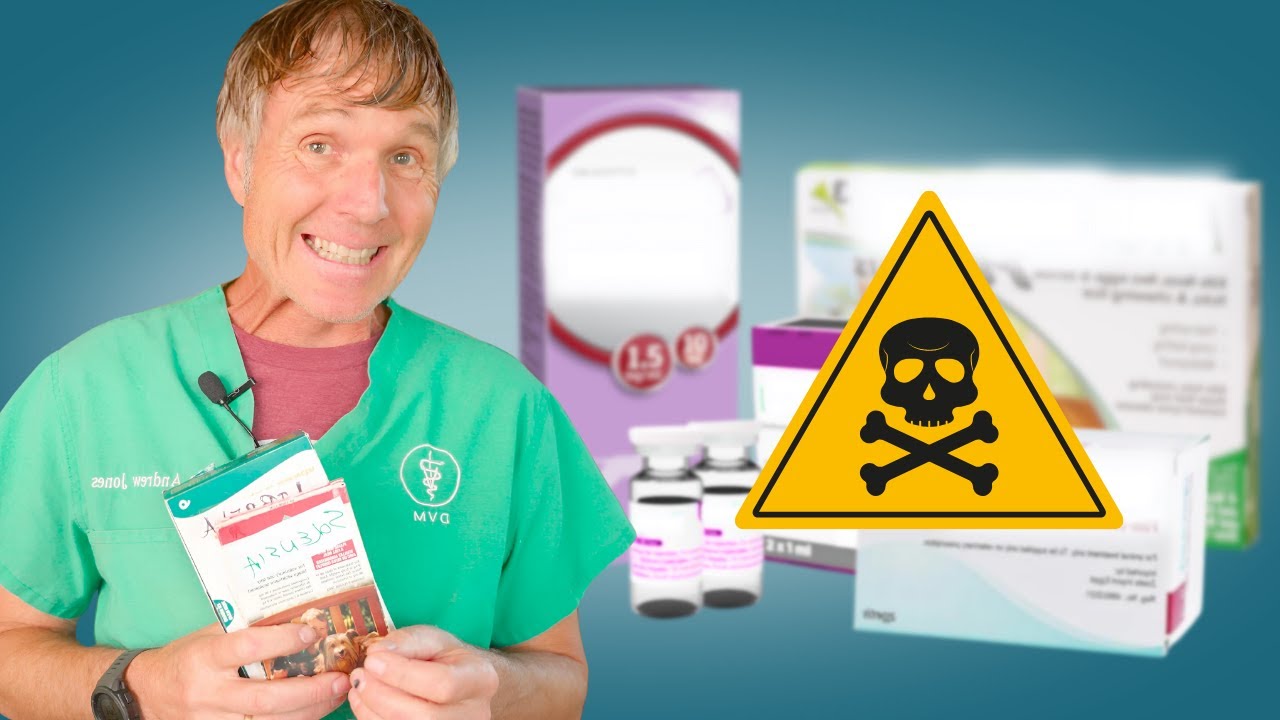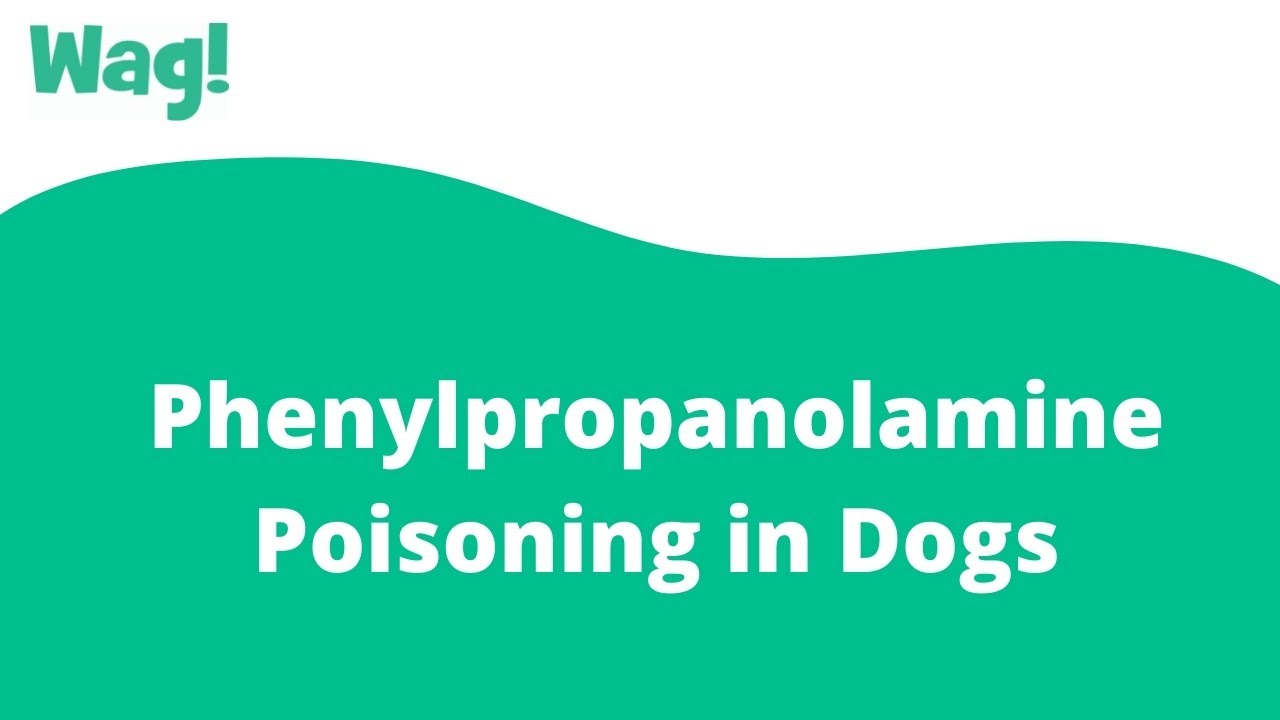Understanding proin toxicity in dogs is vital for pet owners, especially those whose furry friends are prescribed proin (phenylpropanolamine). This medication is a trusty ally in managing urinary incontinence, but it can also pose significant risks if misused. From accidental overdoses to environmental hazards, being aware of the potential dangers of proin is key in keeping your dog safe and healthy. In this guide, we’ll delve into the risks associated with proin, highlight the symptoms of toxicity, and explore preventive measures every dog owner should know.
## Proin Toxicity in Dogs: Are They at Risk for Serious Effects?
When it comes to spotting proin toxicity in dogs, being vigilant for early indications is important. Here are the top five signs to keep an eye out for:

Understanding Proin and Its Risks
The Mechanism of Proin in Dogs
Proin is designed to enhance the tone of the urethral sphincter, helping reduce accidental urine loss. However, like any medication, individual tolerance levels vary, meaning not every dog will respond well to it. The potential for toxicity increases with dosage, making proper administration critical.
The Importance of Dosage
Veterinarians typically prescribe specific dosages based on a dog’s size and overall health. A double dose can lead to toxicity, so it’s imperative to stick to the vet’s instructions diligently. If there’s a reason to adjust the prescribed dose or if you accidentally miss a dose, consult your veterinarian for guidance.
Unexpected Environmental Hazards
It’s also essential to be aware of other potential toxins lurking in your dog’s environment. They can come from unexpected sources, such as:

Dealing with Proin Toxicity: Steps to Take
If you suspect your dog has taken too much proin or shows signs of toxicity, it’s essential to act quickly. Here are the steps you need to follow:
Preventing Proin Toxicity in Dogs
Proin toxicity is preventable with careful attention and awareness. Here’s how to minimize your dog’s risk:
Innovative Approaches to Health Monitoring in Dogs
As technology advances, you have more tools at your disposal to monitor your dog’s health. Smart collars that track activity and health metrics can offer invaluable insights into your dog’s well-being, helping prevent medication toxicity. Furthermore, many veterinary practices now embrace telemedicine, enabling quick consultations when concerns arise, which can ease worried pet owners’ minds.
In conclusion, proin toxicity dogs face remains a significant concern that demands awareness and proactive measures. By understanding the medication and potential environmental hazards around your pet, you can help ensure a safe and healthy life for your furry companion. Remember, the best way to combat toxicity is to stay informed and act promptly. Your dog’s health is worth every effort!
Proin Toxicity Dogs: Are They at Risk for Serious Effects?
Unmasking Proin Toxicity in Dogs
Proin toxicity in dogs can be a serious concern for pet owners who unknowingly expose their furry friends to harmful substances found in some medications. Did you know that certain breeds are more susceptible to these risks? For instance, the playful yet sturdy rhodesian ridgeback pit mix might face unique challenges due to their size and metabolic differences. As responsible pet parents, recognizing these nuances is vital in safeguarding our pets from potential threats.
Speaking of threats, many everyday items are surprisingly toxic to dogs, such as Easter Chicks. Yes, those adorable little chicks might seem harmless, but if ingested, they can pose risks to your pup’s health. This is akin to other seemingly innocuous snacks like Reese’s dark chocolate take 5, which can lead to some serious complications if your dog gets a hold of them. Always be vigilant about what’s lying around – you never know when curiosity might turn into a concerning situation!
Fun Facts and Precautions
Here’s a fun fact: dogs have a significantly different metabolism compared to humans, often causing them to react adversely to items we consume without a second thought. For example, while small Mice might be a natural prey for canines, exposure to rodent poisons can lead to severe proin toxicity in dogs. Keeping your pup away from potential hazards can save you from an emergency trip to the vet, which is always a good thing.
Moreover, it’s essential to be aware of how some medications might interact with a dog’s system. Understanding symptoms of proin toxicity helps in identifying issues early on. Just as fans of Josh Holloway movies and TV shows enjoy diving deep into plots and character arcs, as a pet owner, you should explore your dog’s health narrative. Being informed about substances that could inadvertently cause harm is the best practice for keeping your pets safe. Always remember, a little knowledge goes a long way in making sure your four-legged companions remain happy and healthy!






